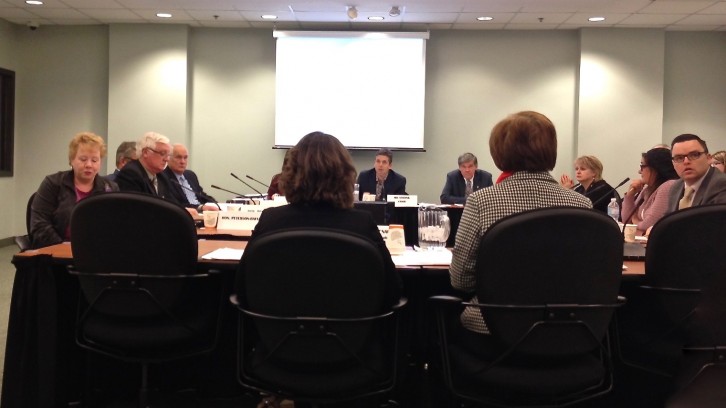Technology
Province working to connect remaining rural areas to Internet
Consultants are working to connect remaining one per cent of the province, legislative committee hears

caption
Some Nova Scotians still can’t access the Internet – and they’re not happy about it
caption
Some Nova Scotians still can’t access the Internet – and they’re not happy about itThe provincial government has hired consultants from Ernst & Young and Concertia Technologies to help it fulfill a promise it made in 2006: to connect most of the remaining civic addresses to the Internet.
The Standing Committee on Economic Development met Tuesday to discuss rural Internet service in Nova Scotia. While 99 per cent of residents have access to the Internet, one per cent of people – especially those living in the rural southwest in Digby, Annapolis, Kings and Hants – lack a connection entirely, or pay a high premium for service that doesn’t work. Denise Peterson-Rafuse, the MLA for Chester-St. Margaret’s, brought a list of her constituents’ connection complaints to the meeting.
“In 2016, not having a connection is not acceptable,” said M.J. MacDonald, acting deputy minister of the Nova Scotia Department of Business. “It is also a problem if you have a connection that is slow, unreliable and expensive. This is as true for families as it is for businesses.”
This means school children in rural areas struggle to complete their homework every night and business owners have to drive kilometres out of their way to grab wireless connections at Tim Hortons.
Why are rural connections such a problem?
- Cost (large companies can’t make a profit extending coverage to remote areas)
- Lack of infrastructure (broadband towers)
- Topographical complications
- Small population density
To address these issues, the department is aiming to:
- Employ smaller service companies in the private sector
- Evaluate the needs – and topographical challenges – of rural communities
- Look to successful initiatives in other provinces
- Work with federal and municipal governments
Patricia Arab, the Liberal MLA for Fairview-Clayton Park, welcomed the news.
“It’s very encouraging to hear that the department is so diligently working with the federal government and the private sector to get us where we need to be,” said Arab.

caption
The Standing Committee on Economic Development debates the role the provincial government should play in the Internet expansion project.In 2007, the provincial government launched the Broadband for Rural Nova Scotia initiative.
At that time, 93,000 civic addresses didn’t have Internet access. The program’s goal was 100 per cent coverage – at a 1.5 MB/sec download speed – by 2009. This deadline was later extended to 2010.
To do this, former premier Rodney MacDonald awarded contracts to Eastlink, Omniglobe and Seaside Communications to provide high-speed Internet to rural communities. The broadband initiative cost $74.5 million.
By 2011, the Broadband Project extended coverage to 99 per cent of the province – no small feat. But that still left one per cent of the province – nearly 1,000 civic addresses – without access.
“We appreciate that if you are one of the people still waiting for a connection, [99 per cent is] of little consolation,” said M.J. MacDonald.
In an Economic Strategy Update released on Oct. 15, 2015, the HRM’s Community Planning and Economic Development Committee disclosed that 26.3 per cent of Nova Scotia businesses rate the Internet as “a top three issue for their company.” Where urban companies raise issues of cost and lack of competition, rural areas – still, in tech-centric 2016 – voice lack of access as their greatest concern.
“Delivering quality Internet service in rural areas is difficult and largely incomplete. However, we know that the situation we have here can be improved, and that is what we are working on to advance,” said MacDonald.
After a pause, she added a caveat: “Costs and technical barriers may mean that connecting 100 per cent of Nova Scotians may not be achievable or realistic.”

